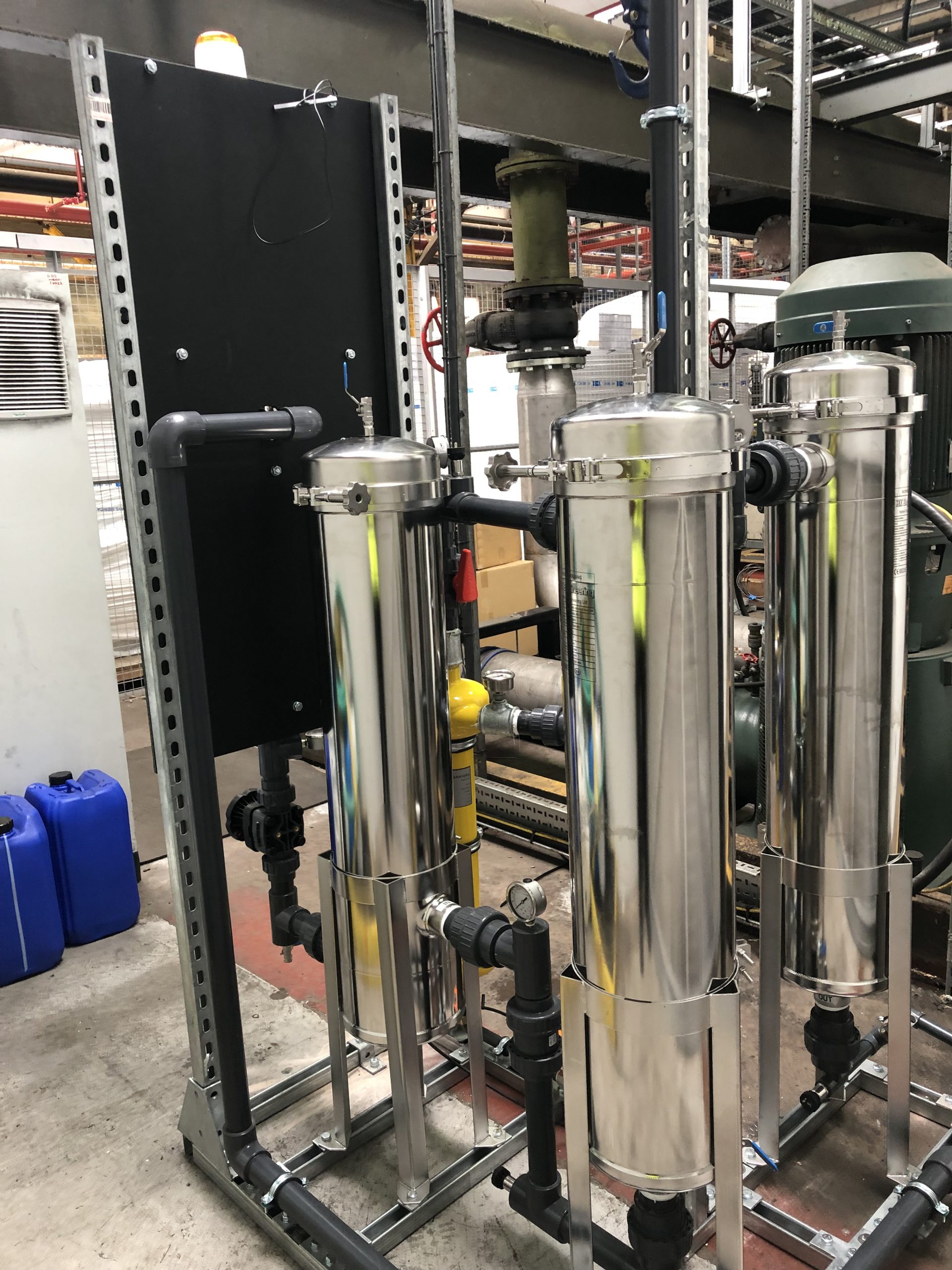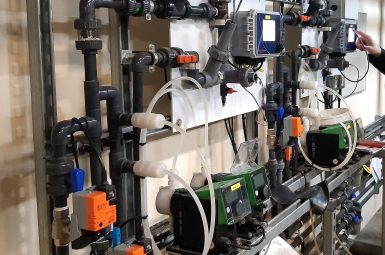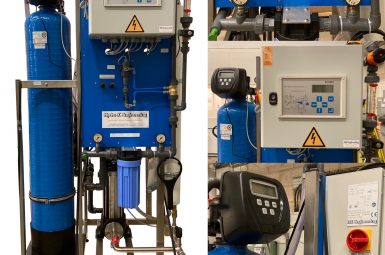Reducing waste and increasing compliance in manufacturing
Our customer is the world’s leading manufacturer of commercial diesel engines. The team at their production site in the midlands UK, are committed to improving their impact on the environment. Their large process cooling system is used to cool the engines in the test bays. The customer wanted to reduce the unnecessary use of chemicals and reduce the contaminants in the site’s waste water. Hydro-X Engineering (HXE) designed and implemented a bespoke solution that focused on solving these issues while also being easy to maintain.
- HXE customer that manufactures commercial Diesel engines.
- Their testing procedure produced high Chemical Oxygen Demand (COD) levels in effluent discharge.
- Implementing this system assisted in customer achieving ISO compliance.
- HXE helped to meet Corporate Social Responsibility (CSR) to be more environmentally sustainable.
- HXE fulfilled the customer needs with an economically viable solution
Context
Our customer is located on a 30-acre facility situated in Staffordshire that manufacture, refurbish and test commercial diesel engines. In the testing procedure, the facility utilizes a substantial cooling water circuit to manage engine temperatures. The cooling water is susceptible to contaminants such as oil and debris.
The contaminants can accumulate in the cooling water sump requiring significant chemical intervention. Anti-foaming and dispersant agents are employed to maintain control. The use of chemicals is an expensive venture and quite often not environmentally friendly- making it difficult for the company to meet its CSR target to be more sustainable. During a recent ISO audit, it was highlighted that the scheduled cleans might be contributing to elevated COD levels in the site’s effluent water.
Hydro-X Engineering was tasked with designing and implementing a solution that eliminated chemical usage and reduced the level of contaminants sent to the discharge drain, with the goal of reducing cost for the company and helping them reach their CSR targets.
Solution
To tackle the challenge, HXE designed a bespoke solution that mechanically filtered the water and prevented contaminants from being discharged via the drains. The design involved using a cyclone filter in conjunction with particle filters and Hydrocarbon filters.
The HXE cyclone filter is designed to remove larger particulates from the water stream. These can operate on a continuous basis, with no need for backwashing, just periodic ‘purging’ to remove the solids from the filter. Depending on the flow through the system and the solids loading, this cyclone effectively removes particles down to circa 20 microns. A particulate filter is installed to collect the debris separated by the cyclone filter; this purge water then can return to the cooling sump, making this HXE product a zero liquid discharge filter.
A second stage filter is fitted after the cyclone filter to capture finer debris. The filter size can be reduced down to 10 microns. At the final stage, a hydrocarbon filter is implemented to capture 99% dissolved and dispersed hydrocarbons. The filter media will not release the absorbed hydrocarbons and no direct handling of the saturated media is required allowing for a clean and safe operation.
Value
This tailored solution has eliminated the need for chemical usage, while also achieving the objective of reducing contaminants ejected from site.
This innovative solution has helped our customers lower running costs and help accomplish the goal to be more environmentally sustainable.
If you are a manufacturer who relies on water driven processes to push your business forward, contact Hydro-X Engineering to enhance and develop your facility to be sustainable, robust, and reliable.
Discuss your project with one of the Hydro-X Engineering team today.









